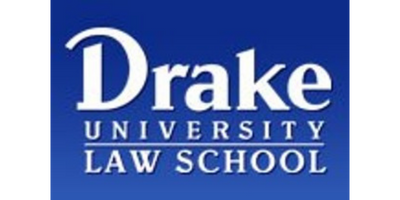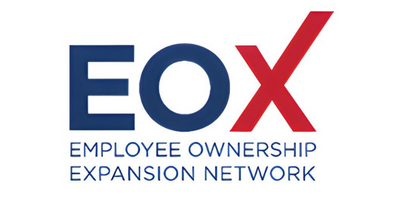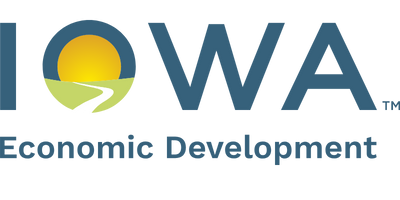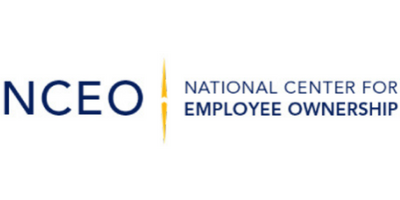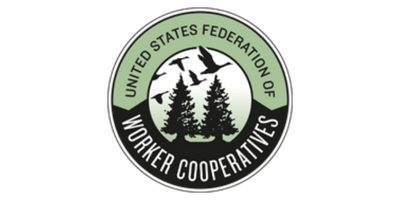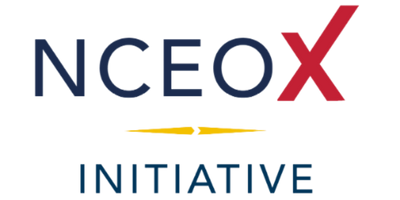Employee Ownership Resources
 Employee ownership can feel overwhelming at first, but you're in the right place. Whether you're exploring an ESOP (Employee Stock Ownership Plans), an Employee Ownership Trust (EOT), a Worker Cooperative, or other paths to employee ownership, this page provides essential information, guides, and resources to get you started on your journey. With the right tools and knowledge, you can start making informed decisions and move towards unlocking the benefits for your business and employees. Take your time, explore the options, and turn those daunting stacks of paperwork into opportunities for success.
Employee ownership can feel overwhelming at first, but you're in the right place. Whether you're exploring an ESOP (Employee Stock Ownership Plans), an Employee Ownership Trust (EOT), a Worker Cooperative, or other paths to employee ownership, this page provides essential information, guides, and resources to get you started on your journey. With the right tools and knowledge, you can start making informed decisions and move towards unlocking the benefits for your business and employees. Take your time, explore the options, and turn those daunting stacks of paperwork into opportunities for success.
Reach out to the IA-CEO for personalized guidance and additional resources. We're here to help you every step of the way.
Resources
We’ve gathered these links from trusted sources to support your employee ownership journey. Click on any link below to start learning about the benefits and opportunities of employee ownership!

NCEO Membership
The IA-CEO, EOX, and NCEO partnership offers access to NCEO membership benefits at no cost for six months.




